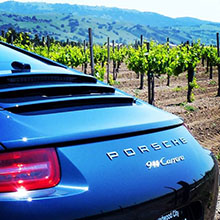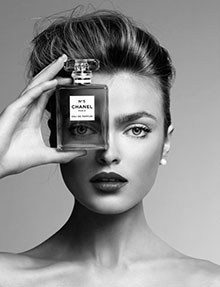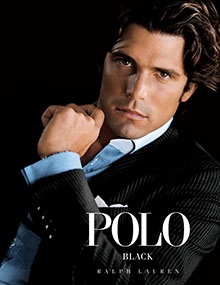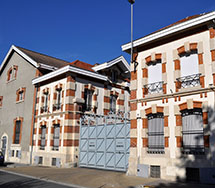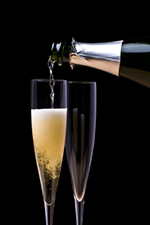|
| |
| Recent Labels |
| |
| Non-Vintage |
|
|
|
|
| |
| |
| |
Krug Brut 2000 Champagne
Krug Brut 2000 is a vintage prestige cuvee champagne. It is fresh with great acidity and has a long finely textured finish. It is one of the most obtainable of Krug's vintage prestige cuvees. Krug Brut 2000 ratings and details are presented.
| Krug Brut 2000 |
| Type |
|
|
|
|
| Category: |
Basic |
Prestige Cuvée: |
Yes |
|
| |
| Ratings (on a scale of 100) |
|
|
|
|
| Champagne 411 |
95 |
Dec. 2013 |
|
Average Retail Price |
| Wine Enthusiast |
na |
na |
|
(750 ml bottle) $250 |
| Wine Spectator |
95 |
11/30/13 |
|
|
|
|
|
|
|
|
Tasting Notes
Appearance: Light gold with very fine bead.
Aroma/bouquet: Cherry, rose petal, ginger, toffee, vanilla, hazelnut.
Palate: Lemon, apple, almond, saline minerality with biscuit notes.
Additional comments: Fresh, great acidity. Long finely textured finish.
When to drink: Krug Brut 2000 Champagne is ready to drink now through 2030.
| Brut 2000 Details
Label: Krug Brut 2000
House/Winery: Champagne Krug
Wine Category: Sparkling Wine
Region & Country: Champagne, France
Type (Style): Vintage
Sweetness Level: Brut
Dosage: na
Prestige cuvée: Yes
Vineyards: NA
Grapes: 43% Chardonnay, 42% Pinot Noir, 15% Pinot Meunier
Alcohol: 12%
Go to Champagne Details for a description of the above types, characteristics, and grapes. |
Krug Brut 2000
Production
Krug uses the méthode champenoise for their champagne production. The Brut 2000 is composed of 43% Chardonnay, 42% Pinot Noir and 15% Pinot Meunier. Krug Brut 2000 spent a minimum of 10 years in the cellars before release. Each Krug Vintage Champagne is made to be a true expression of the harvest year.
Krug is unique in many of its winemaking techniques, always searching for perfection. Grapes from the best plots throughout the area are vinified separately in 205 liter old oak barrels during base the wine fermentation. The wine stays in the barrel a few weeks after fermentation. It is then transferred to reserve tanks. The blend for final bottle fermentation is determined exclusively by taste. A panel tastes each wine blind over a period of months from fall to spring. It does not matter whether it comes from a grand cru or even a premier cru. Taste is what drives all decisions regarding the make up of the blend. |
